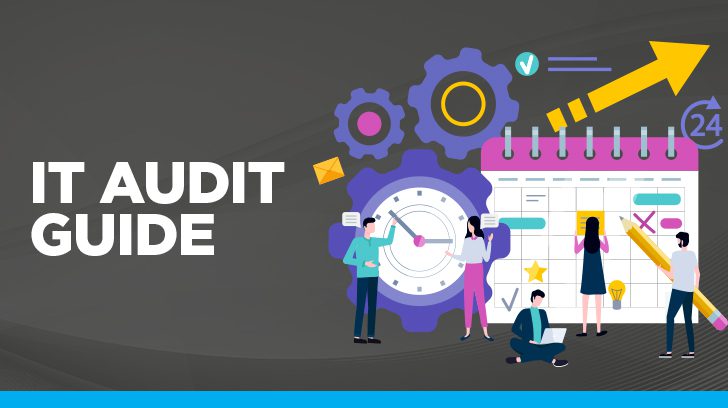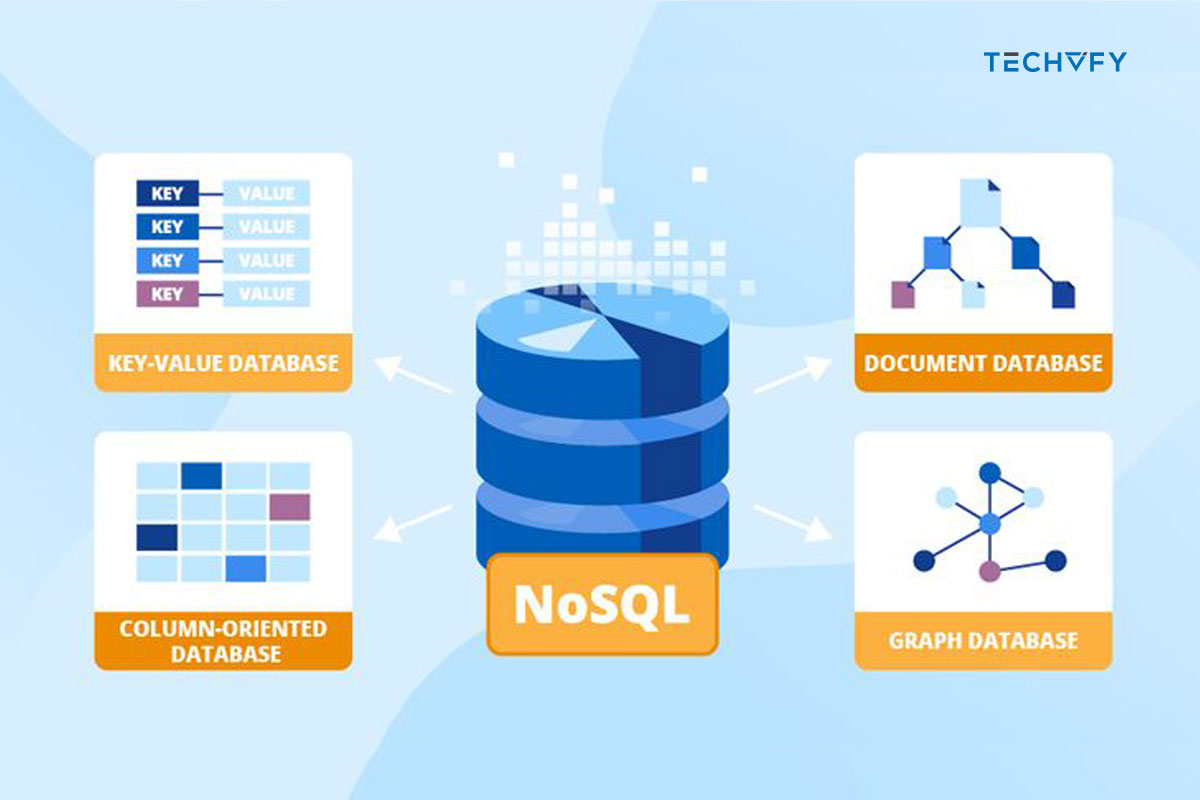In an era where tech is the heartbeat of businesses, ensuring your IT systems are in tip-top shape is non-negotiable. Think of an IT audit as a health check for your digital infrastructure. This guide breaks down IT audits’ what, why, and how, from assessing risks to benchmarking and planning. Whether you’re an IT veteran or just diving into the space, get ready to gain insights into ensuring your tech is efficient, secure, and aligned with your goals.
Dive in and give yourself the knowledge to keep your systems running optimally.
I. What is IT Audit?
Definition of IT Audit
IT audit examines how your company uses tech, manages data, and follows specific rules. We check to see if everything is working right, safe, and aligned with your company’s goals. It’s all about ensuring your tech tools and habits are on track and trustworthy.

Importance of IT Audit
Given the intricate nature of today’s information systems and operations, you must aim to showcase that your IT infrastructure functions seamlessly. It should align with business procedures and expectations, mitigate cybersecurity risks, and remain aligned with standards and regulations.
Conducting regular audits helps confirm that your IT department adheres to established standards, best practices, and legislative requirements. These audits offer concrete proof of such adherence for your organization’s clientele, regulatory bodies, and government entities.
Moreover, audits hold value since auditors maintain a position separate from the IT team. They meticulously review controls with a neutral lens, pinpointing strengths and improvement areas. They provide an objective perspective by relaying their observations and suggesting corrective measures. Understanding the significance of routine IT audits to affirm what’s on track and what needs attention.
II. 3 Main Types of IT Audit
1. Technological Innovation Process Audit
Advantages of Technological Innovation Process Audit:
- Risk Profile Construction: Begin by charting the risk landscape for your existing and upcoming projects. Recognize areas where the company might need to be more exposed or underexposed regarding technological adoption or market alignment.
- Experience Assessment: Evaluate the depth and duration of your company’s expertise within its chosen technologies. Has the company been a long-time player, or is it a newcomer? This history often provides valuable context for understanding potential strengths and weaknesses.
- Market Presence: It’s not just about what you know, but how well you implement it. Delve into how well-rooted your company is in pertinent markets. An established presence can offer a competitive advantage and deeper insights into market needs and challenges.
- Project and Industry Organization: Explore the structure and organization of each project. This involves a critical look at project management, stakeholder alignment, and resource allocation. Moreover, understanding the broader industry structure related to each project or product. Recognizing industry trends and shifts can position the company better in its strategic approaches.
2. Innovative Comparison Audit
This type of IT Audit includes some of the stand-out processes:
- Benchmarking: Set the bar by understanding where the competition stands. A comparative analysis will give insights into areas where the company leads or lags.
- R&D Examination: Delve into the heart of innovation – the company’s research and development facilities. Assess the quality of resources, personnel expertise, and the efficiency of processes in place.
- Innovation Track Record: History often predicts future performance. Scrutinize your company’s past regarding its ability to bring forth groundbreaking products or improvements. How often? How successfully? This gives a solid indication of the company’s innovative vigor.
3. Technological Position Audit
- Outstanding Process
- Current Technology Inventory: List and assess all the technological tools and systems your business currently utilizes. Understand their roles, effectiveness, and any limitations they might possess.
- Identification of Gaps: There’s always room for growth. Pinpoint areas where your technological arsenal might be lacking, or updates are necessary.
- Categorization: Classify these technologies into “base,” “key,” “pacing,” or “emerging.” This not only provides clarity but also assists in prioritization. For instance, base technologies might be fundamental and non-negotiable, while emerging ones could be more exploratory, indicating areas for potential future investment or attention.
Manage your company better with TECHVIFY’s insights:
III. A Quick Guide to IT Audit Process and IT Audit Checklist

A Step-by-Step Guide for IT Audit Process
1. Planning
Proper preparation is crucial. You need to understand your internal IT processes to avoid unexpected hiccups, added costs, and even incorrect conclusions. When planning your audit, focus on:
- Risk management
- Due diligence
- Keeping information confidential and ensuring its integrity
- Comprehensive documentation
- Maintaining internal controls
- Creating clear and transparent audit reports
- Understanding your enterprise architecture frameworks
And remember, there’s no harm in seeking guidance. Partnering with external IT professionals, consultants, and specialists can help shape a well-defined IT audit plan that covers the scope, objectives, budget, processes, and critical milestones.
2. Test and Assess Current Controls
Like financial audits, IT audits require rigorous tests of your internal controls. The goal? Determine if your current authorities effectively manage risks and align with company objectives. This phase lets your audit team pinpoint and rank potential vulnerabilities based on their evaluations. The COBIT ISACA framework is often a go-to for assessing IT controls and spotting internal and external threats.
3. Audit Completion/Reporting
At the end of the audit, your team should compile their observations. Your team should present evidence and offer solutions if specific controls are underperforming. Once everything’s documented, an extensive report detailing the results should be created.
4. Follow Up
After digesting the report’s recommendations, it’s time to roll out the suggested changes. But the work continues beyond there. Conduct another round of tests to verify that these solutions are effective. If everything checks out, you can wrap up the IT audit confidently.
What’s the Main Purpose of IT Audit Checklist?
Your IT audit checklist is designed to optimize the workflow, ensuring a systematic and rigorous examination of your IT infrastructure. When meticulously crafted, the checklist provides a roadmap for safeguarding your network, enabling IT specialists to operate accurately and precisely.
More specifically, an IT audit checklist can:
- Standardize audit methodologies for consistent outcomes.
- Guarantee a holistic and methodological approach to audits.
- Offer a structured protocol, reducing the risk of oversight or redundancy.
- Define the boundaries of your audit, ensuring no critical components are overlooked or extraneous elements scrutinized.
- Act as a reference point, reinforcing adherence to best practices.
- Promote accountability and due diligence among IT personnel.
- Serve as verifiable documentation post-audit.
- Chronicle the evaluation of the Quality Management System (QMS).
Get TECHVIFY’s IT Audit Checklist HERE
Conclusion
In the ever-evolving tech landscape, regular IT audits aren’t just about compliance; they’re a blueprint for success. They guide businesses in fortifying strengths and addressing vulnerabilities, ensuring reliability and innovation go hand in hand. As we’ve delved into, a proactive approach to IT audits paves the way for trust, efficiency, and growth. Stay committed, adapt, and let these audits anchor your tech endeavors.
Ready to take the next step? Contact TECHVIFY today for unparalleled IT audit services that can elevate your business’s tech game. Contact us now.
TECHVIFY – Global AI & Software Solution Company
From Startups to Industry Leaders: TECHVIFY prioritizes results, not just deliverables. Accelerate your time to market and see ROI early with high-performing teams, AI (including GenAI) Software Solutions, and ODC (Offshore Development Center) services.
- Email: [email protected]
- Phone: (+84)24.77762.666
FAQs
What are the best IT Audit Software?
- AuditBoard.
- HighBond.
- Workiva.
- TeamMate+ Internal Audit Management.
- SAP Audit Management.
- Archer Audit Management.
- AutoAudit.
What is an example of an IT audit?
Some examples of IT audits are reviewing project management, software development, data privacy, and security.





